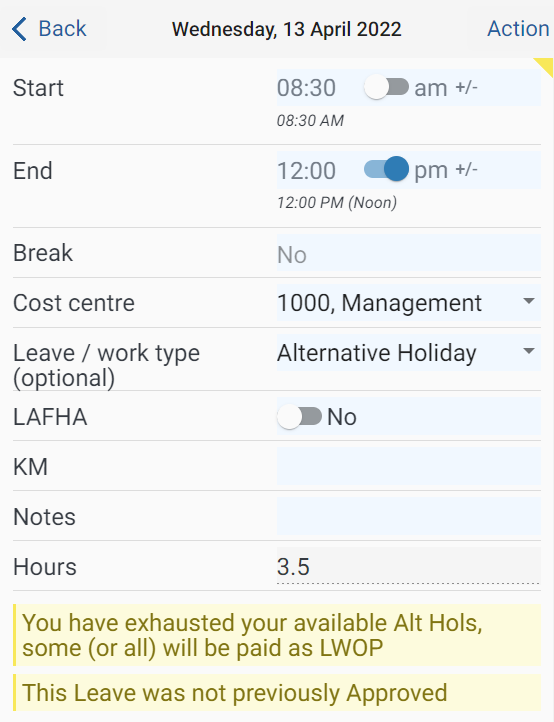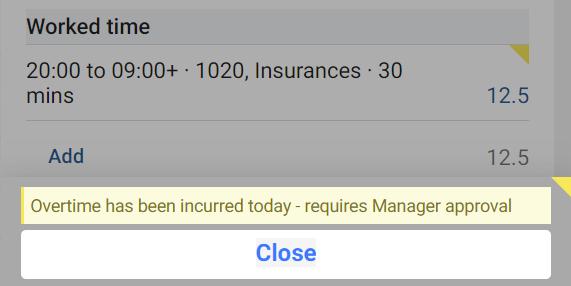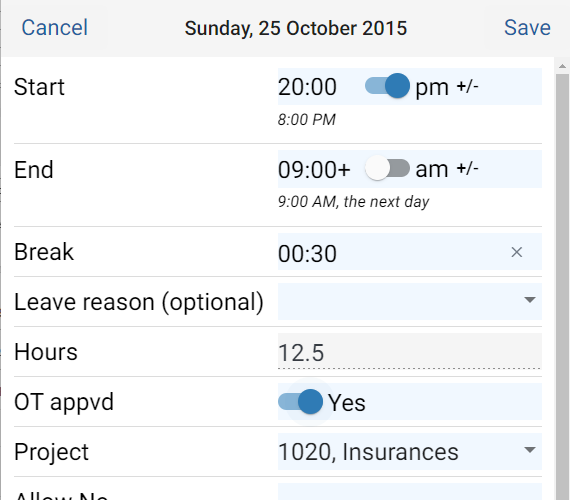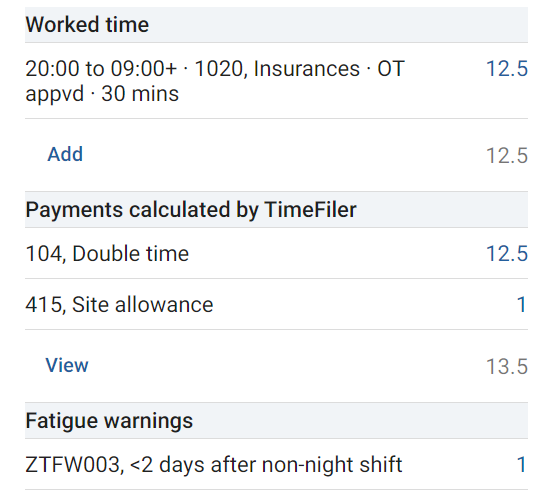In the first part of this blog on real-time processing, we looked at what real-time actually means and all the hoops and limitations payroll faces trying to capture timesheets efficiently. Here, we look at some solutions to those problems.
Capturing time the TimeFiler way.
From capturing job costings, meal allowances, annual leave and unusual entries, time capturing is (historically) a very difficult procedure that requires a fine detective eye. What TimeFiler does is set up conditions, depending on your job, that capture all these inpidual niggling payment types.
This is why there’s a bit of a setup period with TimeFiler to begin. Every industry and business has its quirks in how they pay their employees and the software they use. Our initial period of set-up includes configuring TimeFiler to each user’s profile so that we capture (and help them capture) the right payment information. We also like to use the time to teach people how TimeFiler runs.
Setting up the application this way means there’s no limit to the number of warnings and profiles a user can add to TimeFiler. This helps users correctly enter information by telling them when to update their timesheets and what hours are inside the expected recording amount.
Real-time running.
TimeFiler runs in the background, letting users fill out their timesheets or rosters on their phones using the web app.
For example, a TimeFiler user might decide that they want more accurately recorded hours, including the hours and the times worked. A yellow warning can be put in place that tells users whether they’re under or over the desired hours, more than two minutes early, if they’re working outside normal listed hours or claiming travel expenses when unwarranted. Hence, the system picks up on real-time errors rather than retroactively discovering mistakes on timesheets.
Each user’s system can be deployed differently, with multiple configurations to suit other employees. And since TimeFiler is a web-based application, it works equally well over the mobile app and web browser.
The end result is fewer mistakes and fewer points of entry where a timesheet can go wrong. This, in turn, results in a cascade of good fortune because the fewer errors that occur, the less work there is for the payroll department, managers or employees to follow up. And with more accurate and timely reports, there are fewer errors in the payment process itself, meaning a higher degree of functionality for your business.
But enough of the simple stuff. How does TimeFiler tackle the tricker payment problems?
Claimed alternative leave.
The below image is a screenshot of TimeFiler in action. The example shows an employee trying to file for alternative holiday leave. The catch is they don't have sufficient balance available. Luckily, TimeFiler knows this.

The warning is set up to inform the employee that the claimed leave won’t be paid due to the lack of sustained leave. It also notes that the leave won’t be paid in advance. It’s up to the employee whether they want to change their leave type or claim unpaid leave, which will result in similar warning signs if they run into any trouble there. The employee may decide to opt for annual leave and then claim the payment.
Claimed overtime leave.

If an employee works overtime, they may claim it in their timesheet — but whether it’s something they can claim depends on their employment relationship. A warning such as the one seen below can be put in place to tell managers that overtime has been claimed and needs their approval. A notification is sent to them requesting their attention.
In this instance, the ‘real-time’ depends on the manager’s response availability. However the payment doesn’t get processed until they have been approved, which mitigates the number of mistakes that could happen if the payment went through before it could be approved.

Once the timesheet has been checked and approved, the new payment application is applied, and the warning is removed.

The other neat feature that can be applied to this payment example is fatigue alert. If an employee clocks in for too long or too short a time after their last shift, an alert will remind them of how much time they should have off between shifts.
As real-time as it gets.
The number of warnings, circumstances and conditions that can be added to TimeFiler is endless. Ultimately, however, the efficiency of TimeFiler depends on your approval process. If you require all leave, overtime and holiday requests to be approved first by a manager, then the payment system is as fast as that manager is able to respond.
What TimeFiler is exceptional at is ensuring that no mistakes enter the payment system and that all hours captured are within accepted perimeters. This means all approved payments are the final result, with virtually no need for back peddling or double-checking.
Words can only capture so much about TimeFiler — and we’d love to be able to show you the rest. If you’re interested in knowing more about how TimeFiler can integrate with your payroll and speed up your business’ efficiency, schedule a time with us to talk.
You May Also Like
These Related Stories

Avoiding the hassle of the duty roster: Part two

Avoiding the hassle of the duty roster: Part one
